Q&A with Author Jessica K. Baker
Jessica K. Baker drew upon her personal experiences with loved ones battling addiction as she wrote her first book, Opiate Jane. Jessica also spent five years working in the addiction field as a counseling assistant and a social work assistant. Here she discusses how and why she wrote Opiate Jane as a YA novel and what she hopes readers will take away from her work.
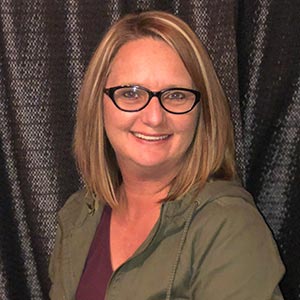 What prompted you to write Opiate Jane?
What prompted you to write Opiate Jane?
I had been working in the addiction field for about five years. I left that field when I got to the point that I felt frustrated that even though it was my profession to help, I could not help the ones I loved. I needed to get those feelings and frustrations out. They came out in Opiate Jane. Jane had the courage to do and say the things I could not. I could not be prouder of her, and I am thankful that creating her left a piece of her in me. She changed my life. My hope is she will change others’ lives as well.
Why did you choose to use fiction as the format for sharing parts of your personal experience with addicted loved ones?
I chose the format of fiction because I have never been good at talking about myself or my feelings. It was easy with Jane; she wasn’t me. A lot of the book is fiction—I was never in foster care and my mother was a wonderful mother when I was a child. I wanted to write a YA novel and still wanted to let out the feelings I was going through as an adult. That seemed to be the best fit. Jane and her mother’s relationship is the secondary addiction relationship in Opiate Jane. The majority of the feelings poured into this book were into Jane’s feelings about Landon, those feelings I was living with and conflicted with every day. When you love someone who has an addiction, you are always wondering if you’re doing too much and enabling them or if you’re not doing enough to help them. That fear of what can happen if you don’t do enough is a horrible place to live.
Which writers and works inspired your writing?
I had fallen in love with Stephenie Meyer’s Twilight series. It made me realize there was more to life than just surviving and that I wanted more. I needed more. I wanted to write a love story that fought against all odds and won. I wanted my female character to be strong and fear nothing. I wanted her to do what I felt like I could not.
I also was very much inspired by Blue October. As crazy as it sounds, Justin Furstenfeld has been singing about my life for over ten years. Every new album seems to have so much of what I am feeling. One song in particular had the most impact on Opiate Jane: “Should Be Loved.” Blue October’s music is filled with so much emotion. It is an honor to listen to it. It has helped me through a lot.
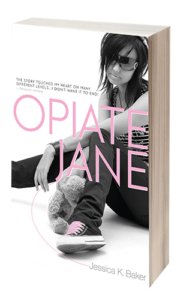 As a first-time author, what challenges did you face in your writing process, and how did you overcome them?
As a first-time author, what challenges did you face in your writing process, and how did you overcome them?
I had never tried to write anything before. It was quite the challenge to bring Jane’s story to life. I took me almost a year. I wrote in sporadic pieces and then put them together. The middle came before the beginning. I wrote what I felt and tried to apply the best situation to it. The biggest challenge for me was sharing it. Did I want people to read about my feelings? Would anyone like it? Would it help anyone else the way it helped me? I had to just overcome my fear and share Jane’s story. To my surprise, it has been well received.
What advice would you give to other aspiring authors who might be struggling to revisit personal traumas or tragedies?
Let it out. It feels so much better to let it out. Especially when dealing with addiction. It is so stigmatized. Society not only shames the addict but also shames the people who love them simply because they love them. After writing Opiate Jane, I joined a group called Solace Clermont. It was a breath of fresh air to be around people going through and dealing with similar situations. Never think you are alone; there are people who are going through the same feelings you are. Seek them out. I also sought out counseling, which also carries a stigma. At that point, I didn’t care about stigma or shame anymore. I didn’t need counseling long, but it helped me tremendously. The counselor told me something that has stuck with me for years. She said that I was mucking through the mud with everyone else’s rocks in my boots. Here I am, six years later, and the only rocks in my boots are mine.
What’s the primary takeaway you hope readers get from Opiate Jane?
I hope anyone who reads Opiate Jane gets the courage to do what they need to do and it helps them become stronger in their situation. I hope they realize they are not alone.



 What prompted you to write your memoir and share your personal experiences with readers?
What prompted you to write your memoir and share your personal experiences with readers?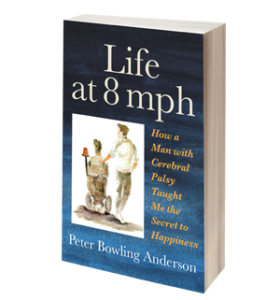 What challenges did you face in creating memorable scenes that seamlessly brought together multiple storylines?
What challenges did you face in creating memorable scenes that seamlessly brought together multiple storylines?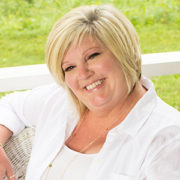
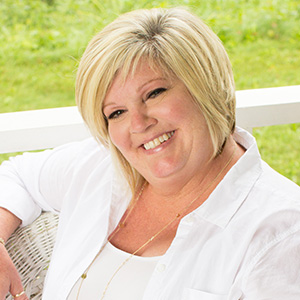 Aimee Ross is a nationally award-winning educator who has been a high school English teacher for the past twenty-five years and who published
Aimee Ross is a nationally award-winning educator who has been a high school English teacher for the past twenty-five years and who published  Kintsugi: a Japanese word that means “golden joinery.” It originated in the fifteenth century when a Japanese shogun broke his favorite bowl and tried to have it repaired by sending it back to China. Metal staples were used, which displeased the shogun, so he hired Japanese craftsmen to find a better answer. Their solution? Reparation of the breakage with seams of gold—kintsugi. Thus, the piece became more valuable than before it broke.
Kintsugi: a Japanese word that means “golden joinery.” It originated in the fifteenth century when a Japanese shogun broke his favorite bowl and tried to have it repaired by sending it back to China. Metal staples were used, which displeased the shogun, so he hired Japanese craftsmen to find a better answer. Their solution? Reparation of the breakage with seams of gold—kintsugi. Thus, the piece became more valuable than before it broke.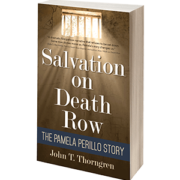
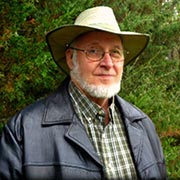 John T. Thorngren, author of
John T. Thorngren, author of 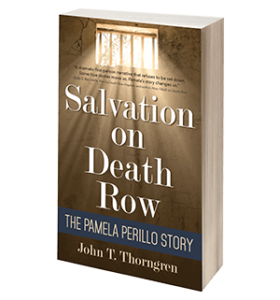 The most notable change is a deep understanding that every life is precious and a special gift from God. I found this in my search for God while spinning the dial on my car radio. A televangelist, Dr. D. James Kennedy (deceased), was preaching on abortion, a devastation about which I felt indifferent. I listened. The passages he quoted from Jeremiah about knowing him before he was in the womb tweaked my spirit. A turning point. I knew instantly that life from conception is precious. And later by another divine series of events, I found life on Death Row equally as precious. This is the subject of the book, Salvation on Death Row: The Pamela Perillo Story, about Pamela’s redemption, her scheduled execution and her reprieve, and about the three other women with Pamela on Death Row for twenty-plus years, who also found salvation but were put to death by the State of Texas.
The most notable change is a deep understanding that every life is precious and a special gift from God. I found this in my search for God while spinning the dial on my car radio. A televangelist, Dr. D. James Kennedy (deceased), was preaching on abortion, a devastation about which I felt indifferent. I listened. The passages he quoted from Jeremiah about knowing him before he was in the womb tweaked my spirit. A turning point. I knew instantly that life from conception is precious. And later by another divine series of events, I found life on Death Row equally as precious. This is the subject of the book, Salvation on Death Row: The Pamela Perillo Story, about Pamela’s redemption, her scheduled execution and her reprieve, and about the three other women with Pamela on Death Row for twenty-plus years, who also found salvation but were put to death by the State of Texas. KiCam Projects is delighted to welcome Maryanne Christiano-Mistretta to our family of authors!
KiCam Projects is delighted to welcome Maryanne Christiano-Mistretta to our family of authors!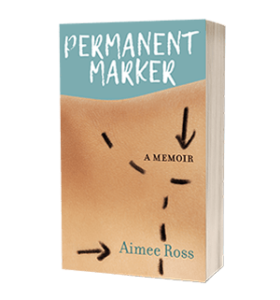 Did you smoke pot and do drugs so often you drove stoned all the time?
Did you smoke pot and do drugs so often you drove stoned all the time?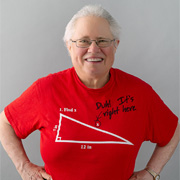
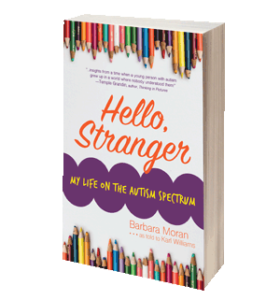 I want to be validated. And I’d like to hear from people who have had similar struggles with sensory issues: I want to hear someone say, “Me, too.” I spent most of my life without knowing anyone with sensory issues and I felt a lot of shame because of people’s expectations of me—which I learned were unrealistic. No one even knew that sensory issues existed, and that caused people to want me to just stop complaining. It was my sensory issues that made me withdraw in the first place. And so I personified objects because they wouldn’t overwhelm me like people often did.
I want to be validated. And I’d like to hear from people who have had similar struggles with sensory issues: I want to hear someone say, “Me, too.” I spent most of my life without knowing anyone with sensory issues and I felt a lot of shame because of people’s expectations of me—which I learned were unrealistic. No one even knew that sensory issues existed, and that caused people to want me to just stop complaining. It was my sensory issues that made me withdraw in the first place. And so I personified objects because they wouldn’t overwhelm me like people often did.